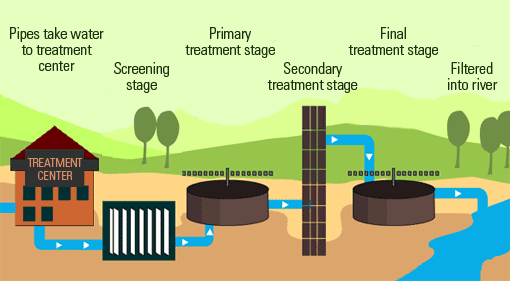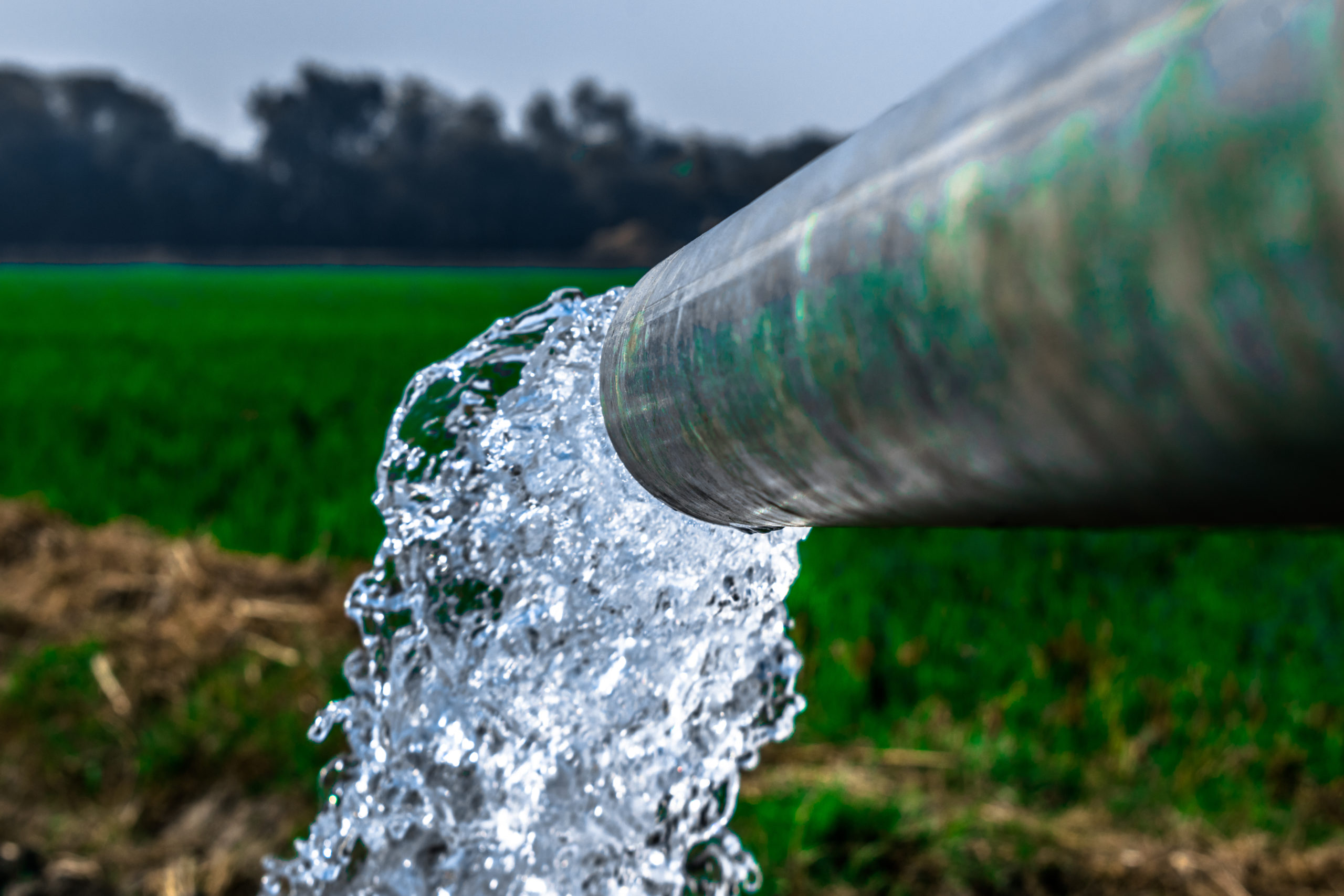The Relevance of Chemical Processes in Waste Water Treatment
The Relevance of Chemical Processes in Waste Water Treatment
Blog Article
Strategic Approaches to Enhance Waste Water Treatment Effectiveness and Decrease Environmental Effect
In the realm of waste water treatment, the mission for enhanced efficiency and minimized environmental influence is a continuous challenge that demands tactical solutions. As culture grapples with the important to handle water resources sustainably, a nuanced technique comes to be necessary. The integration of sophisticated treatment technologies, energy-efficient processes, source healing strategies, improved nutrient elimination techniques, and smart surveillance and control systems represents a complex framework for dealing with these pressing issues. What exists at the core of this complex web of methods is the possible to transform the method we come close to waste water therapy, not simply as a procedure of disposal, however as an important possibility for development and ecological stewardship.
Advanced Treatment Technologies
Cutting-edge membrane layer purification systems have actually revolutionized sophisticated wastewater therapy procedures, dramatically enhancing the elimination of pollutants. These innovative systems function forcibly water via a semi-permeable membrane layer, successfully separating impurities from the water stream. The membrane layer's microscopic pores catch toxins such as microorganisms, infections, and suspended solids, enabling just purified water to travel through. This modern technology has shown to be highly efficient in removing a large range of pollutants, consisting of pharmaceuticals, heavy metals, and natural compounds, which are typically challenging to remove with standard therapy approaches.
Moreover, membrane layer filtering systems offer many benefits over conventional therapy strategies. Additionally, these systems are highly versatile and can be easily incorporated right into existing therapy plants or made use of as standalone units for decentralized applications.
Energy-Efficient Procedures
The combination of energy-efficient procedures in wastewater treatment systems is essential for optimizing resource usage and minimizing operational expenses. One essential approach to boosting energy performance in wastewater treatment is the application of advanced aeration systems, such as great bubble diffusers or surface aerators, which can enhance oxygen transfer effectiveness and reduce energy consumption.
Moreover, optimizing process control and automation through making use of innovative sensors and checking systems can improve total energy efficiency by readjusting procedures in real-time based upon actual demand and conditions. Applying power audits and on a regular basis checking power efficiency signs are essential practices to recognize areas for enhancement and track energy-saving campaigns efficiently. Generally, the fostering of energy-efficient procedures in wastewater treatment not just benefits the atmosphere yet also adds to long-term cost savings and functional sustainability.
Resource Recovery Techniques
With a concentrate on enhancing resource usage and sustainability in wastewater therapy systems, the implementation of resource healing techniques emerges as a pivotal aspect in boosting operational performance. Source healing techniques in wastewater therapy involve the identification and removal of important resources from the waste stream, thereby transforming what was as soon as thought about waste into a useful asset. By implementing source recuperation methods such as nutrient removal and healing, power generation from natural matter, and the manufacturing of multiple-use water, wastewater treatment plants can minimize ecological influence while making best use of efficiency.

Improved Nutrient Removal Strategies
Implementing advanced nutrient removal techniques is necessary for maximizing the efficiency of wastewater therapy systems. One of the key techniques utilized for enhanced nutrient removal is the process of biological nutrient removal (BNR), which includes the elimination of nitrogen and phosphorus through biological processes.

Along with BNR, advanced therapy techniques such as membrane layer bioreactors (MBRs) and built wetlands can also be employed to boost nutrient elimination effectiveness. MBRs make use of membrane layers to attain high-quality effluent standards by successfully removing nutrients and put on hold solids. Created wetlands simulate natural wetland procedures to remove nutrients via plant uptake, microbial activity, and sedimentation. By incorporating these innovative nutrient elimination methods right into wastewater therapy sectors, communities and systems can effectively lower nutrient air pollution and protect the environment.
Smart Tracking and Control Solution
Making use of sophisticated modern technology, the assimilation of clever monitoring and control systems changes the operational efficiency of wastewater treatment centers. go to the website These systems incorporate sophisticated sensing units and information analytics to continually keep track of key criteria such as pH degrees, turbidity, liquified oxygen, and circulation prices in real-time. By accumulating and assessing this data, drivers can gain useful understandings right into the efficiency of the therapy processes, making it possible for aggressive modifications to enhance treatment performance.
Smart surveillance and control systems likewise support remote monitoring capabilities, permitting operators to accessibility real-time information and control functions from off-site areas. This remote ease of access boosts functional adaptability and responsiveness, allowing speedy treatments in situation of system malfunctions or variations in influent high quality. The predictive maintenance abilities of these systems help protect against equipment failures and lessen downtime, inevitably enhancing the overall reliability of wastewater treatment operations.
Conclusion
In final thought, strategic methods such as advanced treatment technologies, energy-efficient processes, source recuperation techniques, boosted nutrient elimination methods, and wise surveillance and control systems play a critical duty in improving wastewater therapy efficiency and minimizing environmental influence. By carrying out these look at this now methods, wastewater treatment plants can boost their general performance, minimize energy consumption, recuperate beneficial sources, and ensure conformity with ecological policies. These approaches are essential for lasting and reliable wastewater monitoring methods.

In conclusion, critical techniques such as sophisticated therapy modern technologies, energy-efficient procedures, source healing approaches, improved nutrient removal strategies, and smart monitoring and control systems play a crucial role in boosting wastewater therapy effectiveness and lessening environmental impact.
Report this page